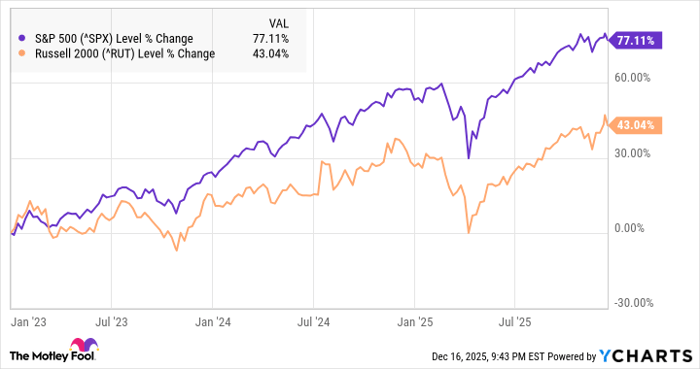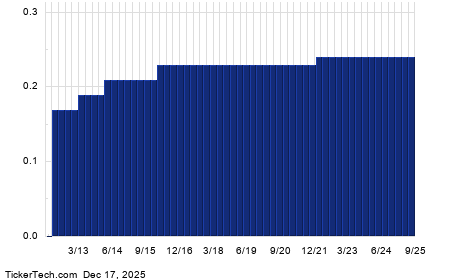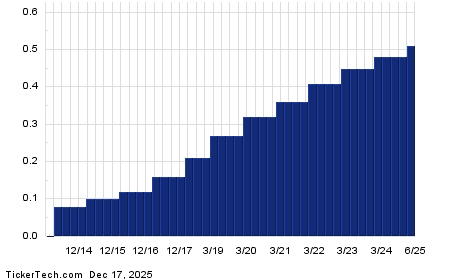Coffee Market Updates: Arabica Prices Fall Amid Mixed Data
July arabica coffee (KCN25) has decreased by -4.15 (-1.06%), while July ICE robusta coffee (RMN25) has experienced a rise of +23 (+0.43%).
Market Dynamics and Influences
Today’s coffee prices show a mixed trend. Arabica coffee is facing pressure from a weak Brazilian real (^USDBRL), which fell to a two-week low against the dollar. This decline is prompting increased export activity from Brazil’s coffee producers.
Conversely, robusta coffee is receiving support from a recent report by Vietnam’s National Statistics Office, which highlighted a 9.8% year-over-year decrease in Vietnam’s coffee exports from January to April 2025, totaling 663,000 metric tons.
Another factor at play is the insufficient rainfall in Brazil last week. Somar Meteorologia reported that Brazil’s main arabica coffee region, Minas Gerais, received only 1.5 mm of rain, which is just 21% of the historical average for that period.
Production Estimates and Crop Forecasts
On a challenging note, Conab, Brazil’s crop forecasting agency, raised its estimate for Brazil’s 2025 coffee production to 55.7 million bags, an increase from the prior estimate of 51.81 million bags.
Last Tuesday’s data showed that arabica coffee reached a 2.5-month high, while robusta hit a five-week high amid concerns over a diminishing Brazilian coffee crop. Rabobank predicts that Brazil’s 2025/26 arabica coffee output will decrease by 13.6% year-over-year to 38.1 million bags due to dry conditions impacting crucial arabica-growing regions. Additionally, Cecafe reported a 26% year-over-year drop in Brazil’s March green coffee exports, with the total at 2.95 million bags.
Demand and Inventory Insights
Demand concerns are putting downward pressure on coffee prices. Major global importers, including Starbucks, Hershey, and Mondelez International, have indicated that the U.S.’s baseline 10% tariff on imports could raise prices and negatively impact sales volumes.
Current coffee inventory levels are a mixed bag. ICE-monitored robusta coffee inventories have fallen to a four-month low of 4,225 lots, while arabica inventories increased to a 2.5-month high of 838,385 bags.
Robusta coffee is also being helped by reduced production. Due to drought, Vietnam’s coffee output for the 2023/24 crop year has dropped by 20% to 1.472 million metric tons, marking the smallest crop in four years. Notably, Vietnam’s General Statistics Office reported that coffee exports fell by 17.1% year-over-year to 1.35 million metric tons in 2024. Moreover, Vietnam’s National Statistics Office noted a 9.8% decrease in coffee exports from January to April 2025.
Global Production Trends
Conab’s report on February 4 indicated that Brazil’s 2024 coffee exports surged by 28.8% year-over-year, reaching a record 50.5 million bags. However, the International Coffee Organization (ICO) reported a 12.4% year-on-year drop in global coffee exports for December, totaling 10.73 million bags, and a slight decrease of 0.8% for October to December exports, amounting to 32.25 million bags.
The USDA’s biannual report, released on December 18, painted a mixed picture for coffee prices. The USDA’s Foreign Agriculture Service (FAS) forecasts a 4.0% year-over-year increase in world coffee production for 2024/25, totaling 174.855 million bags. This includes a 1.5% rise in arabica production to 97.845 million bags and a 7.5% increase in robusta production to 77.01 million bags. The USDA’s FAS also predicts a drop in ending stocks for 2024/25 of 6.6%, bringing it to a 25-year low of 20.867 million bags, down from 22.347 million bags in 2023/24.
Future Projections
For the 2025/26 marketing year, Volcafe has revised its Brazil arabica coffee production estimate down to 34.4 million bags, approximately 11 million bags lower than its September prediction. Volcafe projects an arabica coffee deficit of 8.5 million bags in 2025/26, which is broader than the 5.5 million bag deficit anticipated for 2024/25, marking the fifth consecutive year of deficits.
On the date of publication, Rich Asplund did not have (either directly or indirectly) positions in any of the securities mentioned in this article. All information and data in this article is solely for informational purposes. For more information, please view the Barchart Disclosure Policy.
here.
More news from Barchart
The views and opinions expressed herein are those of the author and do not necessarily reflect those of Nasdaq, Inc.







